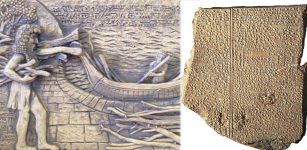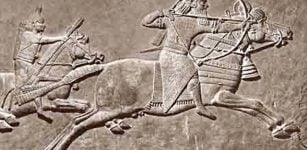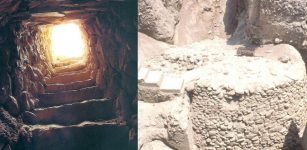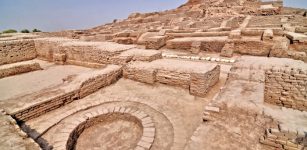Masroor Temples – India’s Marvellous Ancient Cave Temples
MessageToEagle.com – Very little is known about when, how and by whom the Masroor temples were constructed.
One thing we must say: they were created by masters, the craftsmen of the 7th -8th century with unbelievable skills. Sophisticated carvings and gorgeously ornamented sculptures richly decorate ancient cave temples and make them the only shrines of their kind in North of India.
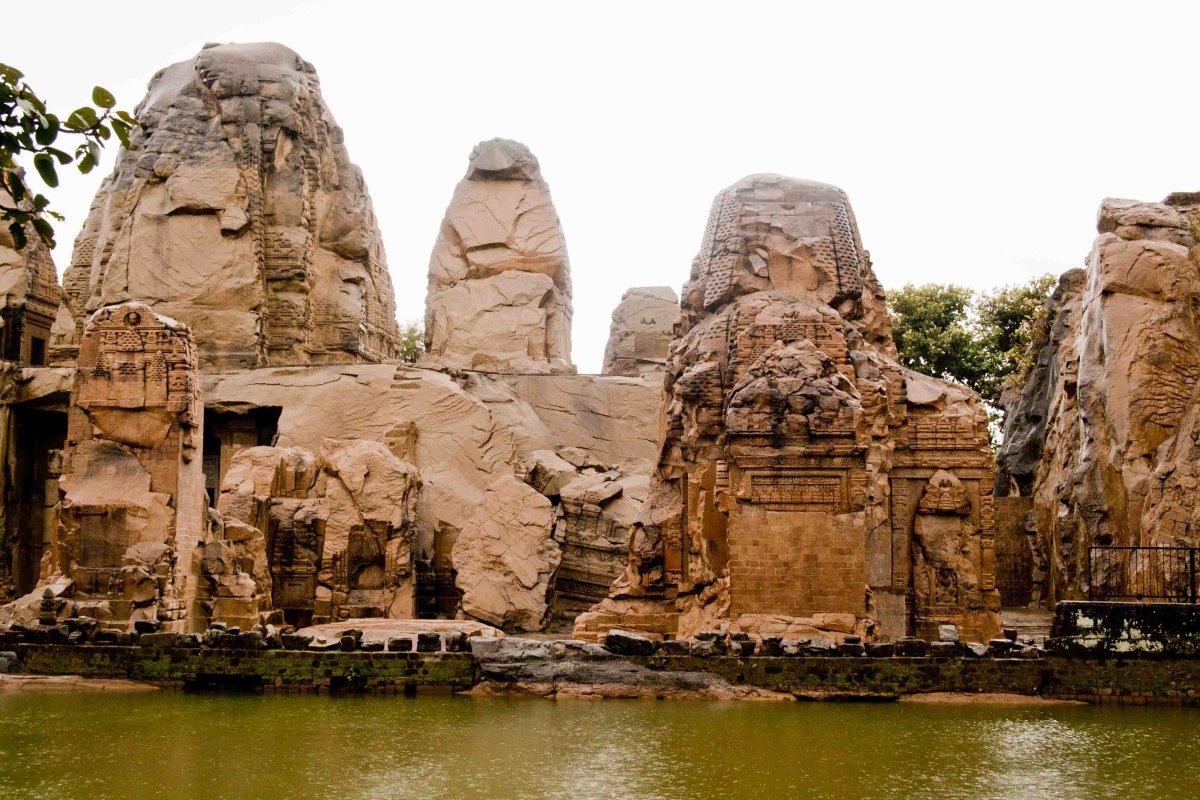
Masroor Monolithic Rock cut temples represent a very beautiful work of the ancient people of India. Dating back to the 8th century, this heritage site is located about 40 km from Kangra on the Nagrota Suriyan Link road, in rural Himachal Pradesh.
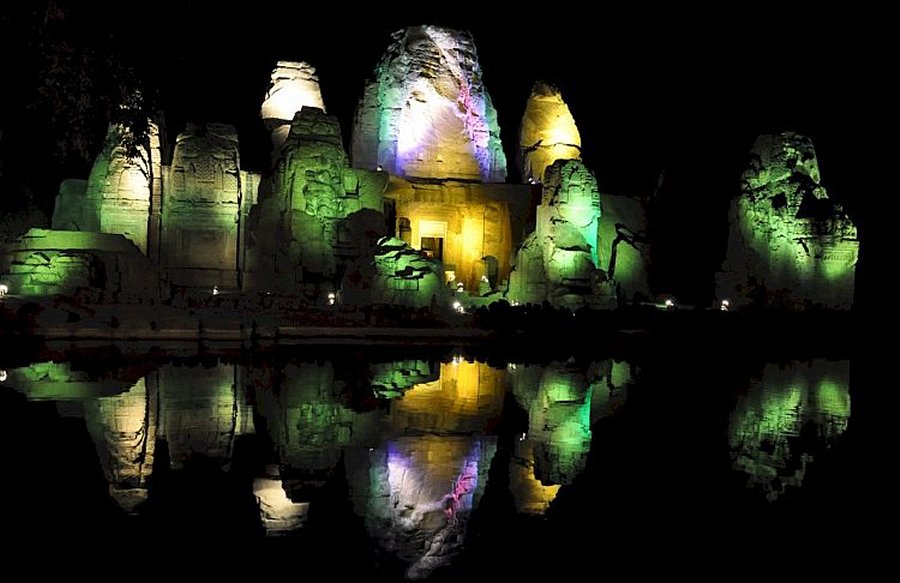
The entire complex is composed of 15 sikhara temples and a rectangular pool of water. ‘Shikhara’ (Sikhara) is a Sanskrit word, which means “mountain peak” and refers to the rising tower in the Hindu temple architecture of North India.
Masroor Temples are constructed on top of a 2500 feet high hillock. All the temples are in continuity and built around a central shrine, which dominates the center and has three stone images of Ram, Laxman and Sita – deities were decorated with colored.
It wasn’t easy to overcome obvious limitations of the existing, very tough sandstone rocks and in fact, make it without our modern technology, we possess today.
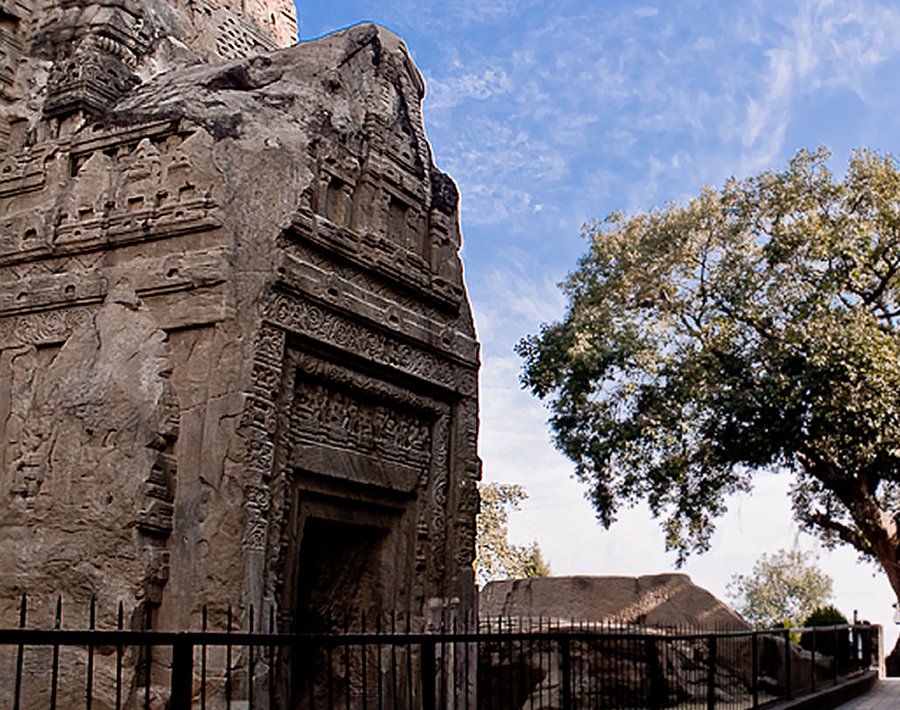
There are many legends that associate Masroor Temples with Pandavs, who according to the Mahabharata, are the five acknowledged sons of Pandu (Sanskrit: yellowish, whitish, pale). Of all Pandavas, perhaps Arjuna ( “of stainless deeds”) is the most famous.
See also:
Ajanta Caves: Incredible Accomplishment Of India’s Ancient Stonecutters
Magnificent And Massive Great Wall Of India – Astonishing Ancient Structure Shrouded In Secrecy
Gigantic Kailasa Temple Emerging From A Mountainside: Engineering Marvel Of India’s Master Builders
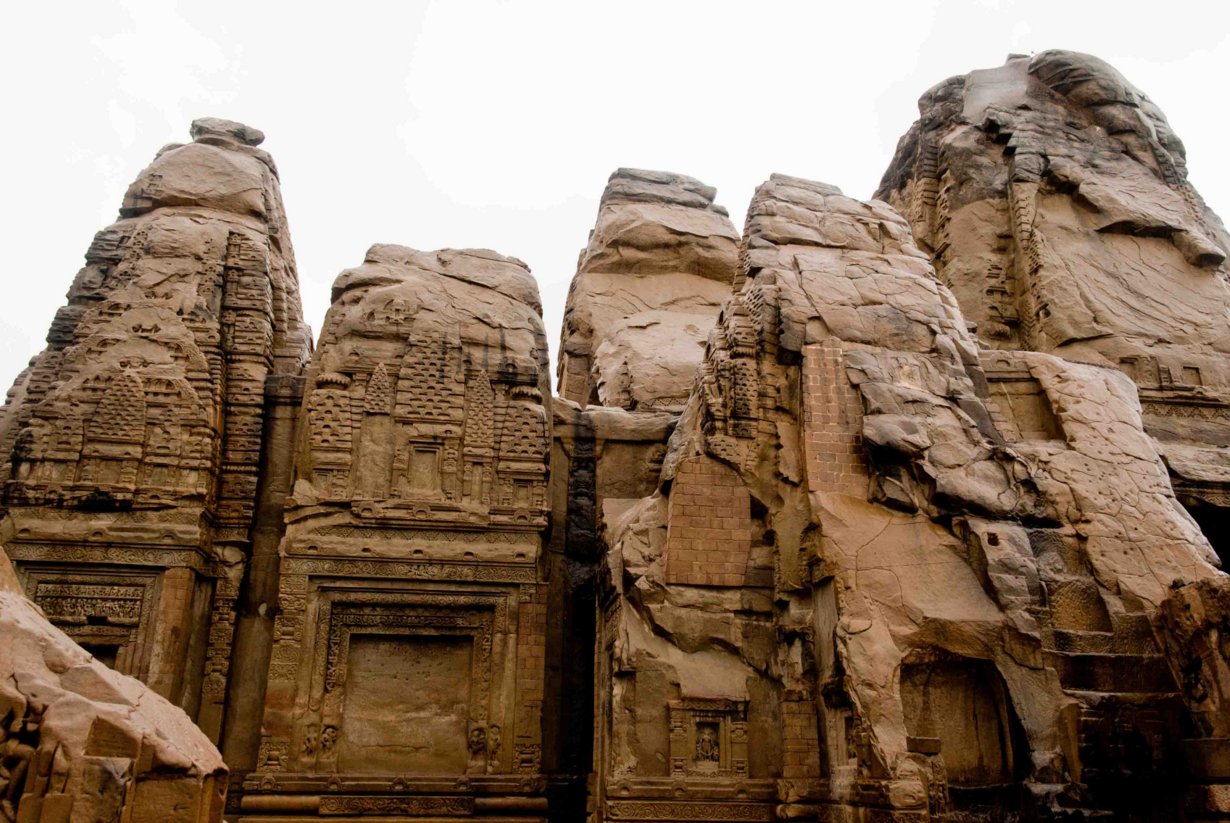
However, officially, the masterwork of the Masroor Temples is dated to 8th/9th century, based on the architecture and the existing sculptures.
The complex stood long intact through the centuries but in 1905, devastating earthquake seriously damaged pillars, which developed cracks and several sikharas, fell down. Fortunately, the main Sikhara still stands and is home to black-stone idols of Ram, Sita, and Laxman.
Interestingly, there have been also preserved the figures of Shiva in the doorway of the main shrine.
It strongly indicates that this temple was originally dedicated to Lord Shiva.
Copyright © MessageToEagle.com All rights reserved. This material may not be published, broadcast, rewritten or redistributed in whole or part without the express written permission of MessageToEagle.com
Expand for references




